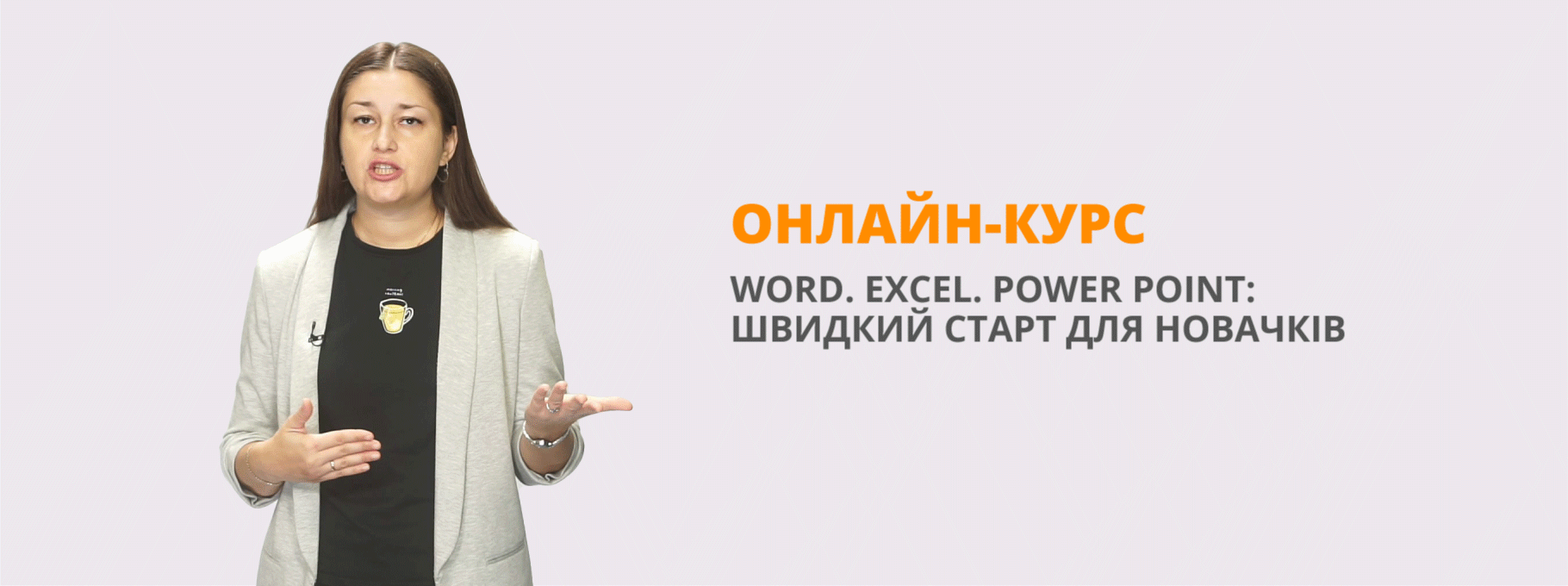Розробка уроку на тему «Домашні справи.»
Урок № 26
Тема. Домашні справи.
Мета: Повторити й активізувати лексичні одиниці теми. Розвивати навички діалогічного та монологічного мовлення. Презентувати новий граматичний матеріал:минулий доконаний час. Продовжувати формувати навички читання та письма. Прищеплювати любов до своєї праці, виховувати повагу до праці інших.
Обладнання: Підручник, робочий зошит, картки для гри «Household Сhores», картки для індивідуальної роботи.
ХІД УРОКУ
I. ПІДГОТОВКА ДО СПРИЙНЯТТЯ ІНШОМОВНОГО МОВЛЕННЯ.
1. Привітання.
T: Hello children! How are you today?
Ps: We are fine, thank you.
2. Повідомлення теми та мети уроку.
T: Today we’ll continue speaking about household chores. You’ll practise the vocabulary on the topic < Household chores> in texts, games and exercises. You’ll also learn new grammar tense – The Past Perfect Tence.
3. перевірка домашнього завдання.
Учні по черзі читають речення вправи.
4. Уведення в іншомовну атмосферу.
Гра <Householdchores>.
Учитель роздає учням картки для роботи в групах. На картках позначено, які домашні обов’язки має учень – власник картки, а також однокласника з якими домашніми обов’язками йому необхідно знайти. Учні пересуваються класом і запитують один одного: What household chores do you have? or do you usually do the washing up/ tidy up your room/ iron your clothers etc? Коли учень знаходить однокласника, який виконує домашні обов’язки, вказані на картці, то записує його імя. Пара учнів, яка зустрічається останньою, програла.
|
You usually dust the furniture. Find the pupil who usually tides up his room. |
You usually tidy up the room. Find the pupil who usually dust the furniture. |
You usually take the rubbish out. Find the pupil who usually vacuums the carpet. |
You usually vacuums the carpet. Find the pupil who usually take the rubbish out. |
|
You usually wash the dishes. Find the pupil who usually irons clothers. |
You usually iron clothers. Find the pupil who usually washes the dishes.
|
You usually take the dog out. Find the pupil who usually does the shopping. |
You usually do the shopping. Find the pupil who usually takes the dog out.
|
|
You usually do the beds. Find the pupil who usually waters the flowers. |
You usually water the flowers. Find the pupil who usually does the beds.
|
You usually sweep the floor. Find the pupil who usually does the washing up. |
You usually do the washing up. Find the pupil who usually sweeps the floor.
|
ІІ.ОСНОВНА ЧАСТИНА УРОКУ
1. Подання тексту для читання. Впр. 1 (с. 54).
1) Етап підготовки до читання.
Бесіда.
T: Look at the picture on page 54. Who can you see? What has the boy got in his hand? Who is sitting next to the boy? What do you think the boy is asking his dog? Is the room clean and tidy? Where we can see the clothers? What else we can see in the room?
2) Етап читання.
Учні ланцюжком читають текст та перекладають.
3) Етап перевірки розуміння змісту тексту.
а) Впр. 2 (с. 54)
Учні обирають слово, що відповідає змісту тексту, потім по черзі читають речення вправи.
б) Виконання завдання на картках.
Учитель роздає учням картки для індивідуальної роботи. Завдання учнів –т розставити речення у правильній послідовності.
|
Put the sentences in the correct order. Before Ben’s mum came back home,… Ben had washed his socks. Ben had picked up his puzzles. Ben had put his clothers into the wadrobe. Ben had sorted the games. |
2. Презентація нового граматичного матеріалу: минулий доконаний час.
1) Пояснення вчителя.
T: Look at the sentences on your cards (H02) again. What had Ben done before his Mum came beck home?
•Ben had washed his socks. Ben had picked up his puzzles. Ben had put his clean clothes into the wardrobe. Ben had sorted the games.» All these sentences are in the Past Perfect Tense. Why do we use this tense? We use the Past Perfect to show that one action in the past happened before the other action in the past. Thus, first Ben washed his socks and then his mother came back: before Ben's mother came back home, Ben had washed his socks.
Read the rules in the Grammar Lab on page 55 and then read the examples given there.
Учні самостійно читають граматичний матеріал, поданий на с. 55 підручника, потім вголос зачитують речення — приклади застосування минулого доконаного часу. Далі вони відповідають на запитання вчителя.
Т: Why do we use the Past Perfect Tense? How is this tense formed? What auxiliary verb do we use in this tense?
2) Впр. 3 (c. 55).
Учні читають речення вправи та визначають, яка дія передувала іншій. Учитель ще раз звертає увагу учнів на те, що саме дія, яка сталася перед іншою дією в минулому, буде перекладатися англійською у минулому доконаному часі.
ІІІ. ЗАКЛЮЧНА ЧАСТИНА УРОКУ
1. Домашнє завдання.
1) письмово.
2) усно.
2. Підведення підсумків уроку.
Бесіда в режимі T-P-Pt-P.
Т: What did we do at the lesson today? What grammar tense have we learned? Make up one sentence in the Past Perfect Tense.
Кожен учень усно складає одне речення в минулому доконаному часі.

про публікацію авторської розробки
Додати розробку
